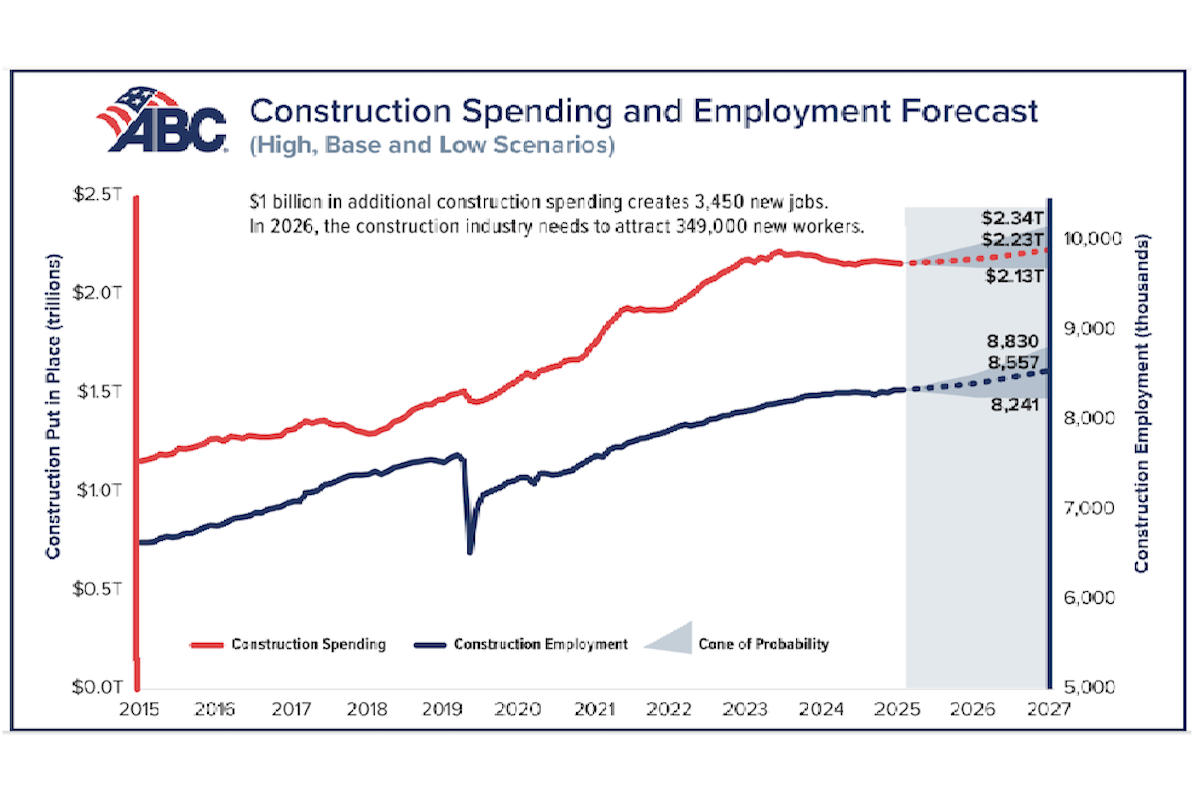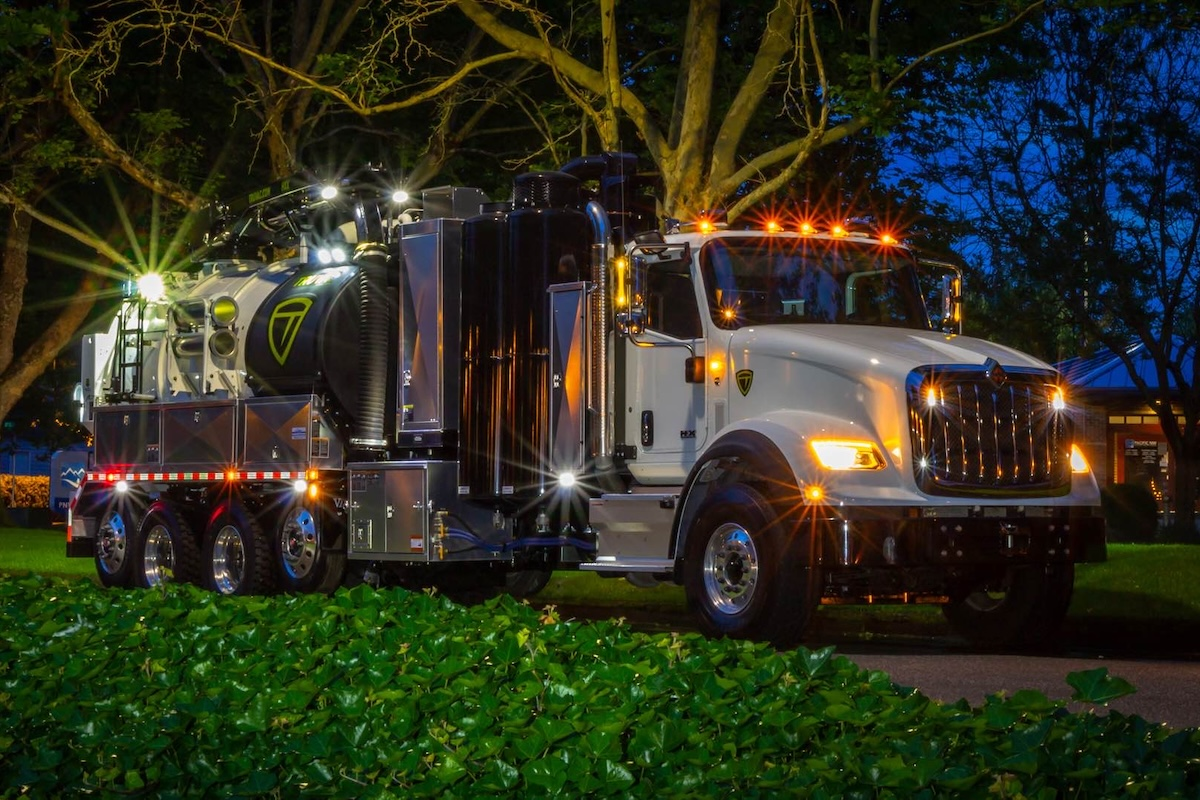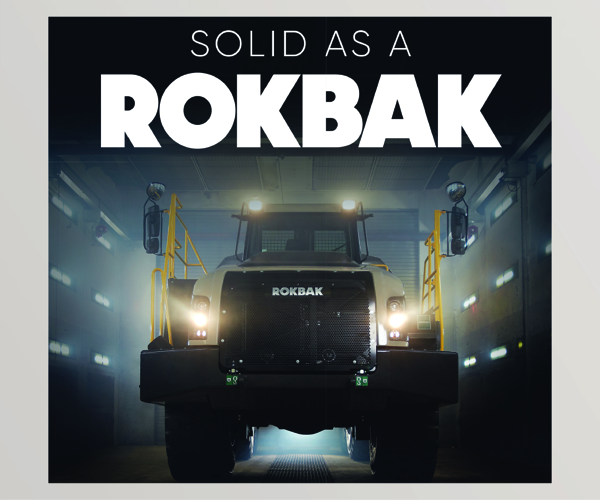To fix the problem, IndyGo issued change orders last spring that allowed contractors to utilize many more crews and finish by the end of July. “We completed almost 80 percent of the project between March and July of this year,” said Sri Venugopalan, P.E., IndyGo’s Director of Engineering and Construction.
That required extensive coordination throughout the 13.1-mile corridor as Rieth-Riley Construction Co., Inc., of Goshen, Indiana, worked on roadways, sidewalks, and storm sewers while F.A. Wilhelm Construction Co., Inc., of Indianapolis constructed 34 stations.
The Red Line began operating on September 1. Funded by a $75 million grant from the Federal Transit Administration’s Small Starts program, as well as $21.3 million in local matching funds from IndyGo and the City of Indianapolis, the Red Line replaced frequently used standard bus routes with electric buses serving 28 stops at 10- to 20-minute intervals, seven days a week.
The project’s budget included 13 articulated, 60-foot-long, electric buses with a range of up to 275 miles, ticket vending machines, information technology, and a traffic signal priority system that gives buses right-of-way at busy intersections. Transit-only lanes on the route’s most-congested roads also help maintain the Red Line’s schedule.
The first of three BRT lines planned for Marion County, the Red Line runs from the Broad Ripple cultural district to the north, through downtown Indianapolis, to the University of Indianapolis at the south end.
For the construction, “It was mostly a regular transportation project – roadways, curbs, and sidewalks – but we needed a vertical contractor to build the stations,” Venugopalan said. “If we put everything in one contract, I was concerned we wouldn’t have enough competition or response.”
To increase the contractor pool, IndyGo split the work into two low-bid contracts and allowed contractors to bid on either or both. “As expected, we only received one bid for both projects together,” Venugopalan said. “We did some cost-benefit analysis and determined that it was beneficial for us to pick two separate contractors. Even if we spent a little more on coordination, it would be less than the additional $4.5 million for the bid on both projects together.”
In December 2017, IndyGo awarded a $30.3 million roadway and sidewalks package to Rieth-Riley and the $12 million stations package to Wilhelm.
To overcome the challenge of merging two construction schedules, “There was an extreme amount of coordination between IndyGo, our construction management group, and the contractors,” said Mike Stair, HNTB’s Resident Engineer. “Everybody gave input and everything was open so we could all see what was going on.”
The project’s field office housed close to 20 people from IndyGo, HNTB, the designer of record, and the engineer. “The contractors were next door; we could literally walk out our door and into their office,” Stair said. “All the players that needed to be involved were tied into an office and working hand-in-hand.”
In addition, the team set up processes to make changes quickly. “We didn’t have time to wait on normal procedures,” Stair said. “In an urban area, every time you put a shovel in the ground, you find something new and a change condition. At times, we adjusted the design so we could move forward.”
Unfortunately, the grants were delayed five more months before IndyGo could issue a Notice to Proceed to the contractors. When work began in June 2018, the team expected completion in October 2019.
However, “The project included a lot of underground drainage work, as well as station foundations that go about two feet underground,” Venugopalan explained. “A lot of utilities needed to be moved out of the way before we could start our work. By the time we got into our construction, some were out of the picture, but others hadn’t started as we thought they would.”
Moving the rest took several months of coordination. “We laid out a schedule for the utility companies of where they needed to concentrate first,” Venugopalan said. “Both contractors did as much as they could in other areas, but that wasn’t enough to meet the schedule.”
Because of that, IndyGo and HNTB explored new options. “With the delays in funding and utilities, if we didn’t do something, the project wouldn’t finish until early 2020,” Venugopalan said. “We knew that all the utilities would be moved by February and we’d have a clear 13.1 miles to work, so we started conversations with the contractors about how we could get back on schedule.”
Last February, IndyGo issued a change order to Rieth-Riley. “We worked as a team to come up with an aggressive schedule that would finish the project by July 31,” Venugopalan said. “We included additional payments for multiple crews in multiple locations, and incentives for reaching milestones by designated dates. Once Rieth-Riley moved ahead with the groundwork, we started negotiations with Wilhelm and issued a change order to accelerate their work, too.”
During the peak period, “Rieth-Riley had as many as 22 crews working in the corridor and Wilhelm had about 10,” Stair said.
Despite several million dollars in acceleration expenses and higher-than-expected infrastructure costs (see “Changing Conditions” sidebar), a nearly $25 million contingency fund kept the project within budget.
Because Wilhelm needed cranes to place those sections, “We closed roads for a couple of hours when they erected each structure,” Venugopalan said. “We also had to coordinate the cranes with overhead utility lines.”
Each station includes a canopy roof, snowmelt system, wind screens, and drip-free roof eaves for weather protection. Lighting, cameras, and emergency phones contribute to security, while step-free station access and boarding platforms provide convenience for all riders. To make the structures more durable, benches and other features are made from dense Ipe wood.
“IndyGo is committed to improving the way our community moves about – to and from where we all need and want to go,” said Lauren Day, IndyGo’s Director of Partnerships and Public Relations - Public Affairs. “This elevated service provides a spine for a future, more frequent system, while connecting residents and businesses along the densest corridor of our community.”
Marion County’s Transit Plan includes two more BRT lines that will pursue federal grants and receive funding from a tax referendum passed in 2017. The 14.8-mile Purple Line from downtown Indianapolis northeast to the City of Lawrence, Indiana, is scheduled to start bidding in 2020, construction in 2021, and service in 2022. The 24-mile Blue Line, which will connect downtown to the Indianapolis International Airport, is scheduled to start bidding in 2022, construction in 2023, and service in 2025.
In total, the project included:
- 57 lane miles of resurfaced roadway
- 30,800 linear feet of sidewalk replacement
- 800 upgraded ADA curb ramps
- 50,200 linear feet of curb replacement
- 26,000 linear feet of storm sewers


































































